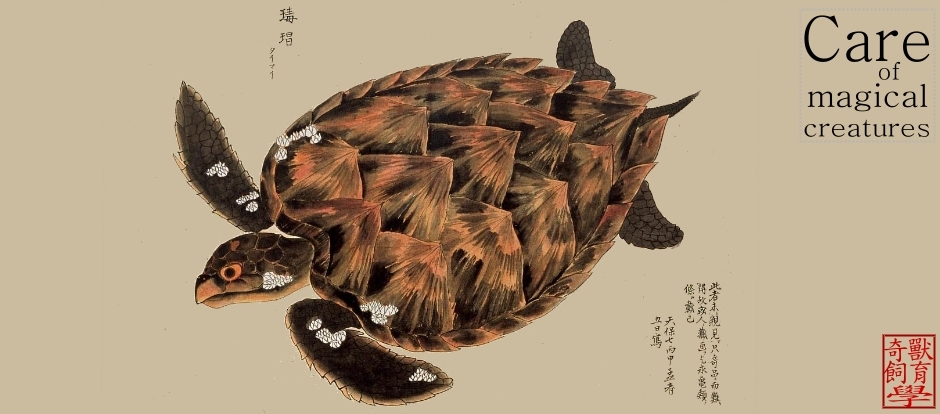 文獻來源: Rensburg DAJ van, Mouton P le FN, Niekerk A van. 2009. Why cordylid lizards are black at the south-western tip of Africa. Journal of Zoology 278(4): 333-341.
文獻來源: Rensburg DAJ van, Mouton P le FN, Niekerk A van. 2009. Why cordylid lizards are black at the south-western tip of Africa. Journal of Zoology 278(4): 333-341.Abstract
There is a high incidence of melanism among the cordylid lizards of Africa and it was suggested that melanism has a thermoregulatory function in these species. One prediction of the thermal melanism hypothesis would be that melanistic cordylid species would be restricted to cool environments. The aim of our study was to determine the climatic conditions with which melanistic cordylids are currently associated. Distributional data for the eight melanistic cordylid taxa occurring at the south-western tip of Africa were obtained from the CapeNature State of Biodiversity database. Using GIS and principal component analyses, the climatic variables best describing the geographical distribution of melanistic cordylids were investigated. We found that several melanistic cordylid populations show a distinct association with a high incidence of fog and cloud cover, underscoring the thermal melanism hypothesis. Several other populations, however, do not show such an association. We conclude that some species, such as Pseudocordylus capensis, have a morphology that provides them with great flexibility in habitat use, allowing them to overcome the constraints of melanism in warm environments. The available information suggests that melanism in cordylids evolved during the Miocene in response to the development of the cold Benguela Current along the west coast of Africa. We also conclude that viviparity, a sit-and-wait foraging strategy and a rock-dwelling lifestyle would have preadapted cordylids for survival in cool conditions brought about by the development of the cold Benguela Current. These conditions would have been unfavourable for oviparous, active-foraging lizards. The co-occurrence of melanistic lizards and melanistic molluscs at the Landdroskop locality casts some doubt on improved heating rates as the only explanation for melanism in cordylids, because molluscs are not heliothermic baskers.
圖片連結: www.squamata.de
